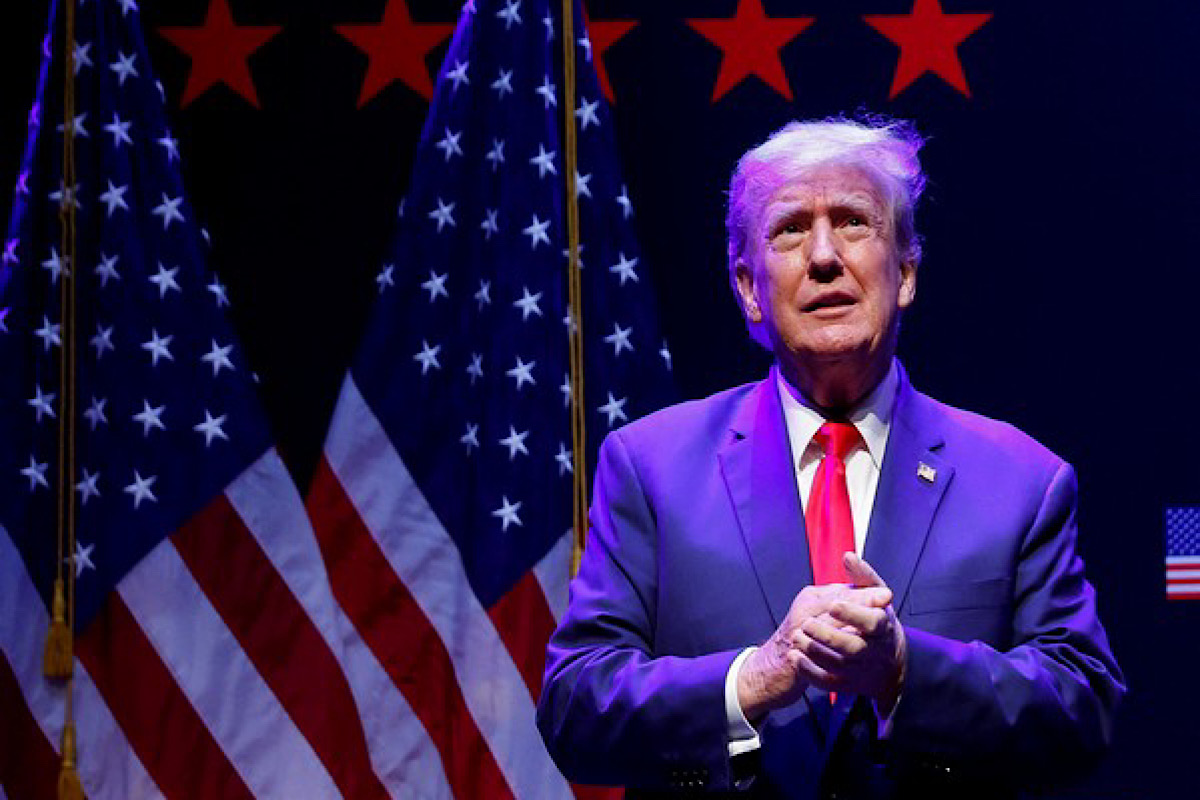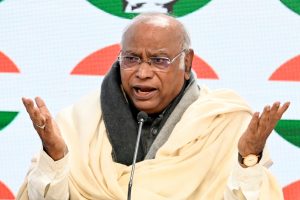As the world witnesses the second anniversary of Russia’s invasion of Ukraine and the Munich Security Conference grapples with the challenges posed by President Vladimir Putin, a pressing question emerges ~ can Europe defend itself without America? The deadlock in the US Congress, influenced by the spectre of former President Donald Trump’s return to power, has cast a shadow over potential military aid to Ukraine, leaving the nation vulnerable in the on-going conflict.
The implications extend beyond Ukraine, raising concerns about Europe’s ability to fill the void left by America’s possible absence under Mr Trump. The need for increased defense spending is emphasised, but it is apparent that Europe faces challenges beyond financial commitments. The USA has all along committed military aid, and provided a nuclear umbrella. However, Europe could confront a leadership vacuum in the face of escalating tensions. While optimism prevails among officials regarding the eventual delivery of American munitions to Ukraine, the urgency of the situation demands more than hope. The need for Europe to revitalise its arms industry and design a new nuclear umbrella is underscored. There has always been a lack of wartime urgency in European arms production, with export priorities diluting the commitment to support Ukraine. The prospect of a Ukrainian defeat looms large, carrying psychological implications for the West and emboldening Mr Putin.
Advertisement
The timeline for Russia to rebuild its forces, coupled with the potential for provocations testing NATO’s mutual-defense clause, raises the stakes for Europe’s preparedness. Within the next decade, NATO may face a Soviet-style mass army, necessitating a comprehensive reassessment of defence capabilities. Europe’s journey towards strategic autonomy has gained momentum, driven in part by the erratic foreign policy of the Trump era. Increased defence spending across European nations, though commendable, reveals a stark reality ~ more money alone won’t suffice. The International Institute of Strategic Studies notes the alarming disparity between spending and combat capability growth, revealing a gap in addressing recruitment challenges and combat force deficiencies. Pooling resources emerges as a potential solution, but disagreements among countries with substantial defence industries hinder progress. The need for a cohesive approach to arms production becomes apparent, with inefficiencies stemming from differing national priorities. Economic, social, and political considerations underscore the monumental task of revitalising Europe’s defence industry.
Perhaps the most challenging aspect is replacing the American nuclear umbrella, a linchpin in European security. Advocates of European self-sufficiency argue for building a ‘European pillar’ within NATO, serving multiple purposes, including a future rupture contingency. Questions have been raised about command and control, underscoring the historical dominance of the Americans. Europe is at a critical juncture. Europe must not only bolster its defence capabilities but navigate intricate political landscapes, pool resources efficiently, and address the monumental task of crafting a unified command structure. The path forward demands not just financial commitment but a reimagining of European defence strategy in the face of evolving geopolitical realities.











